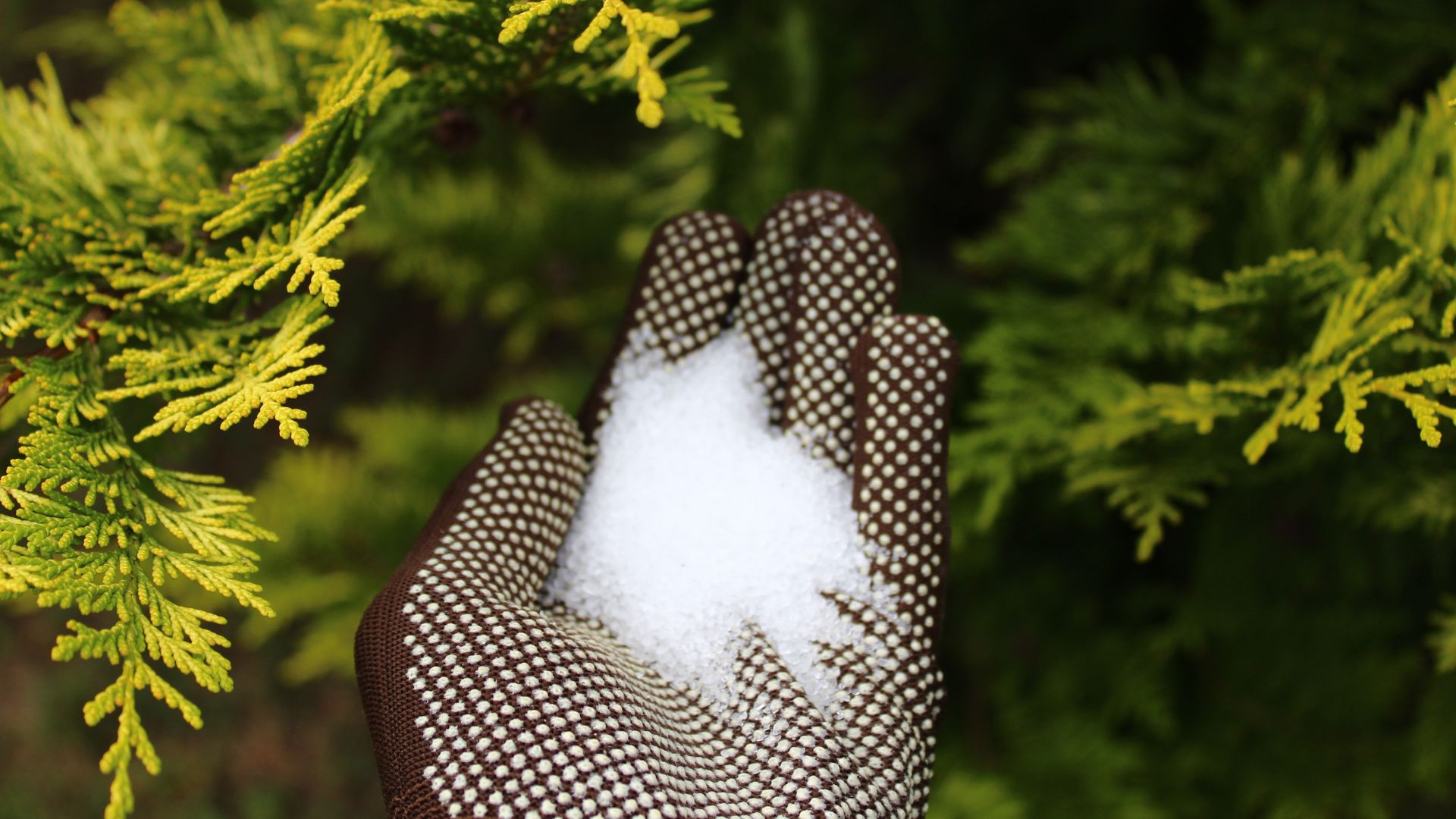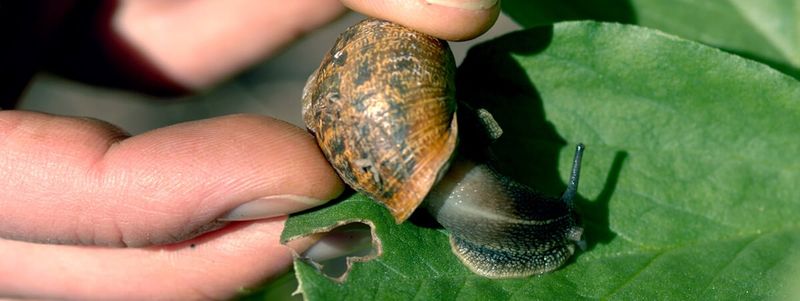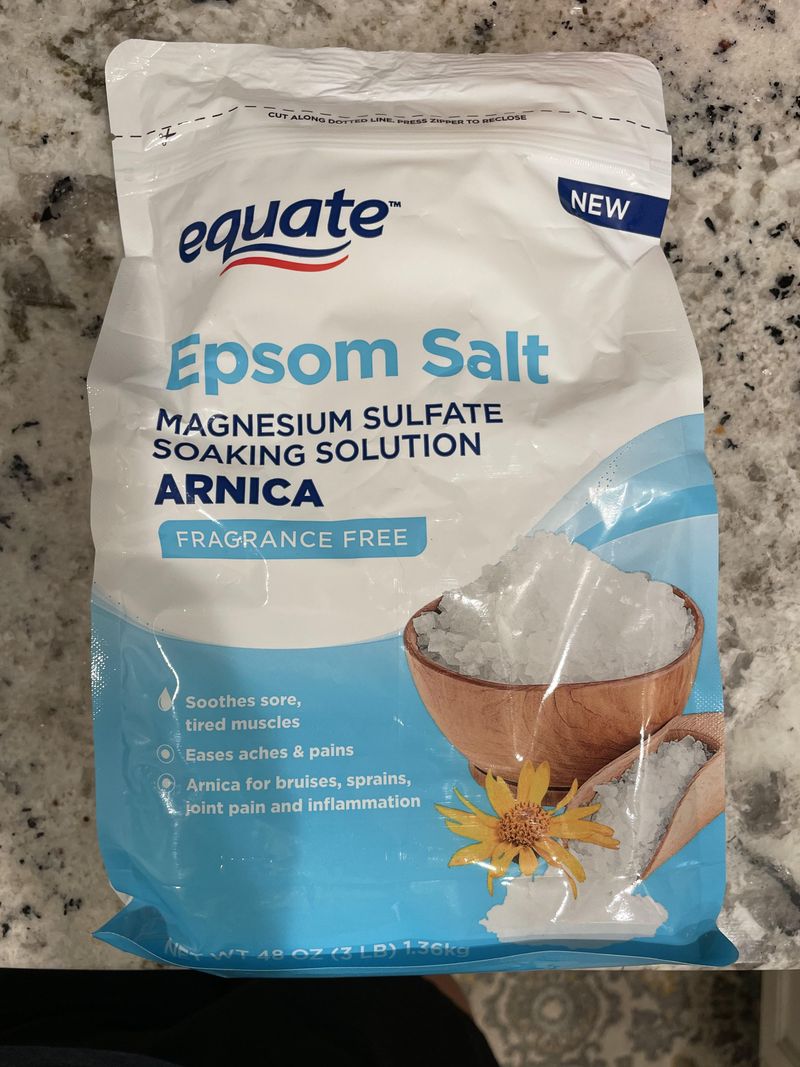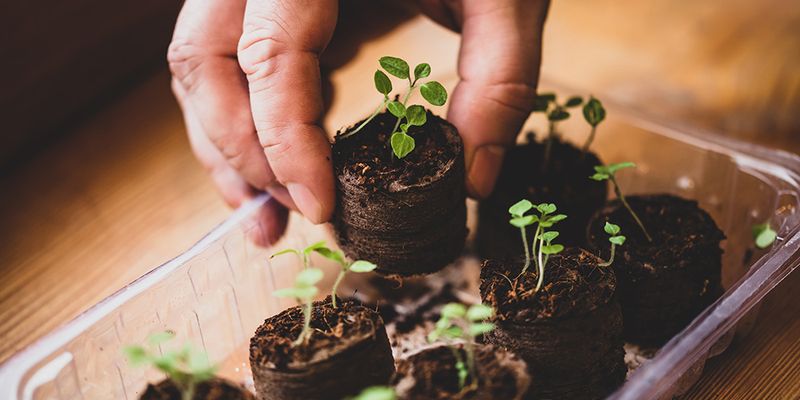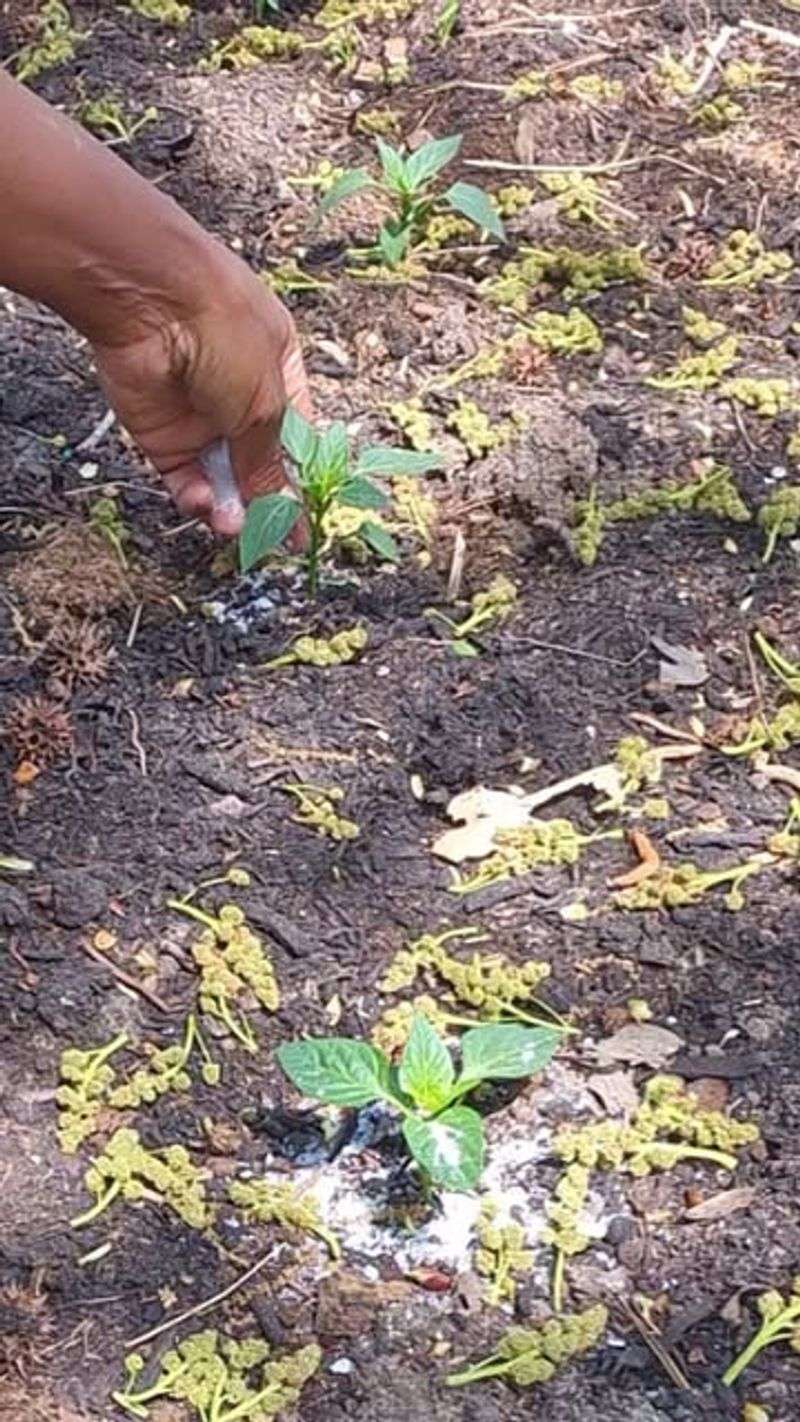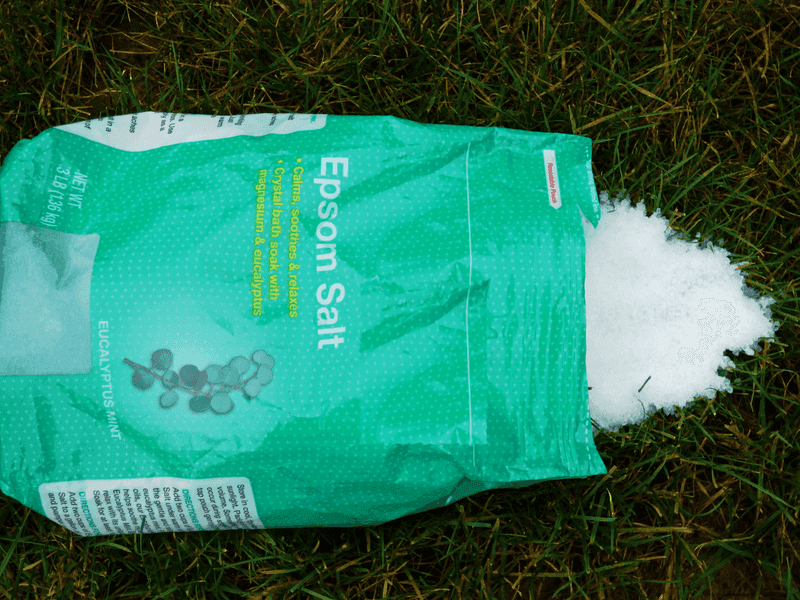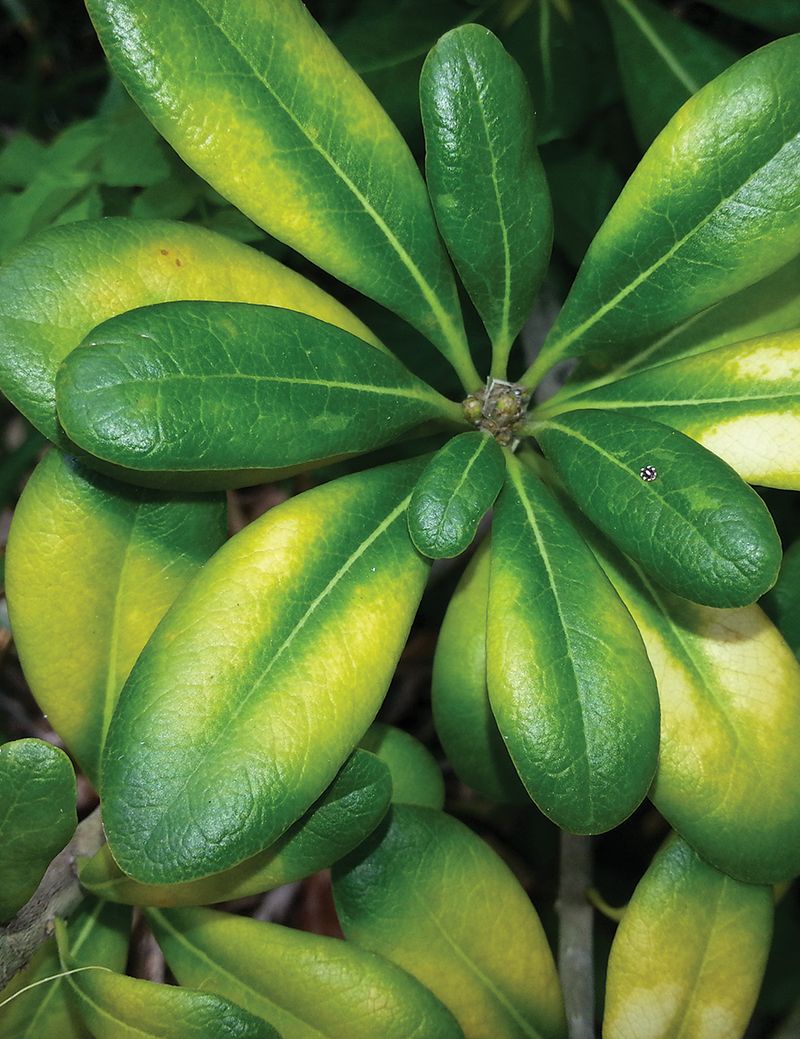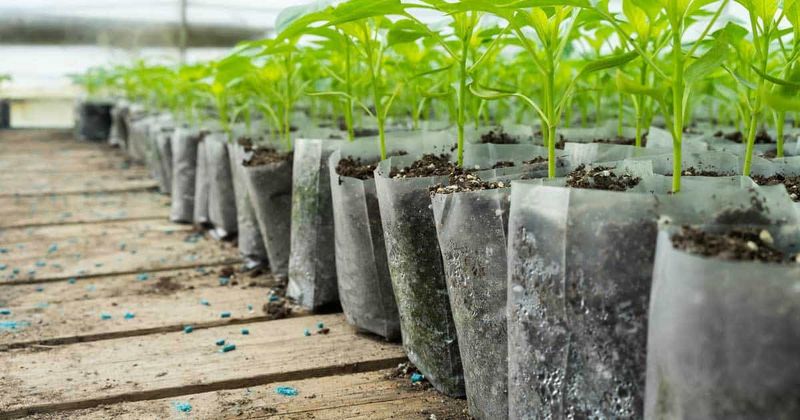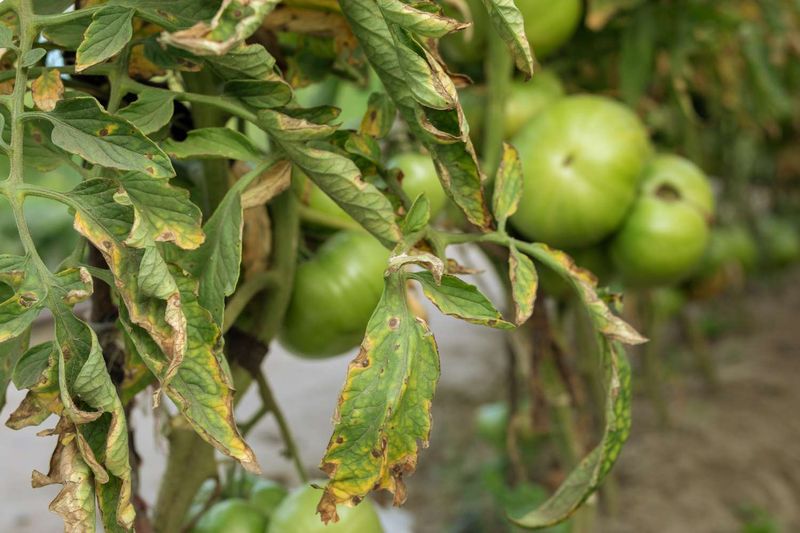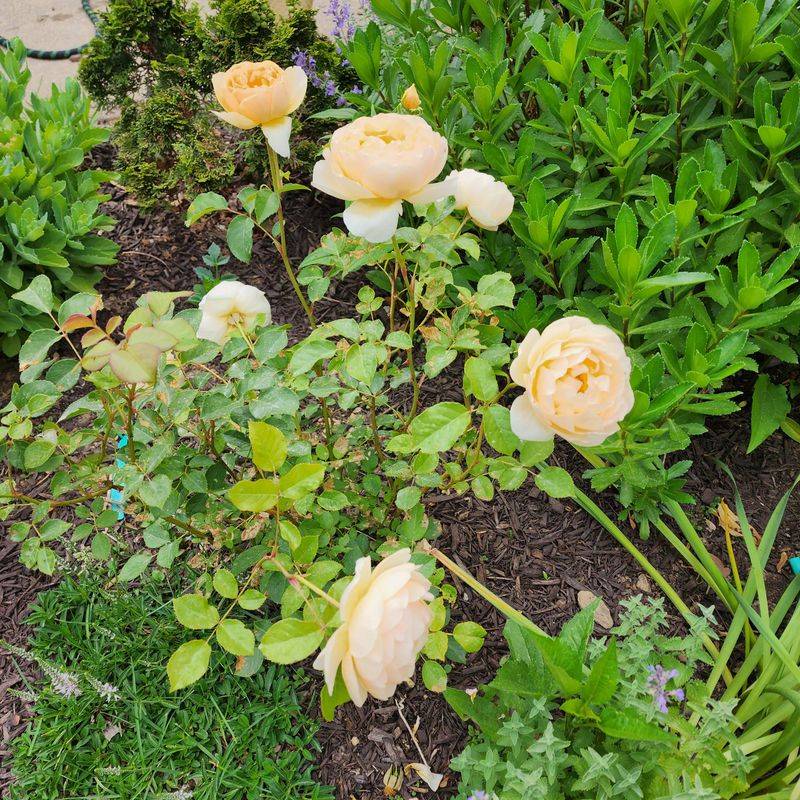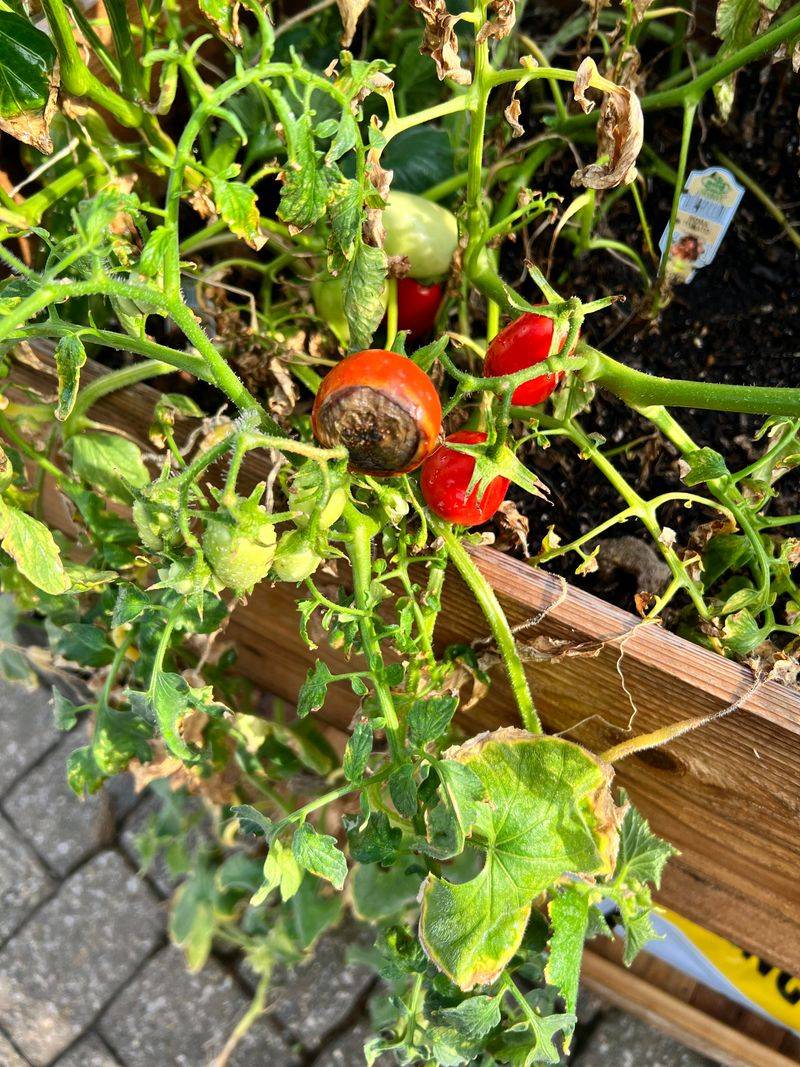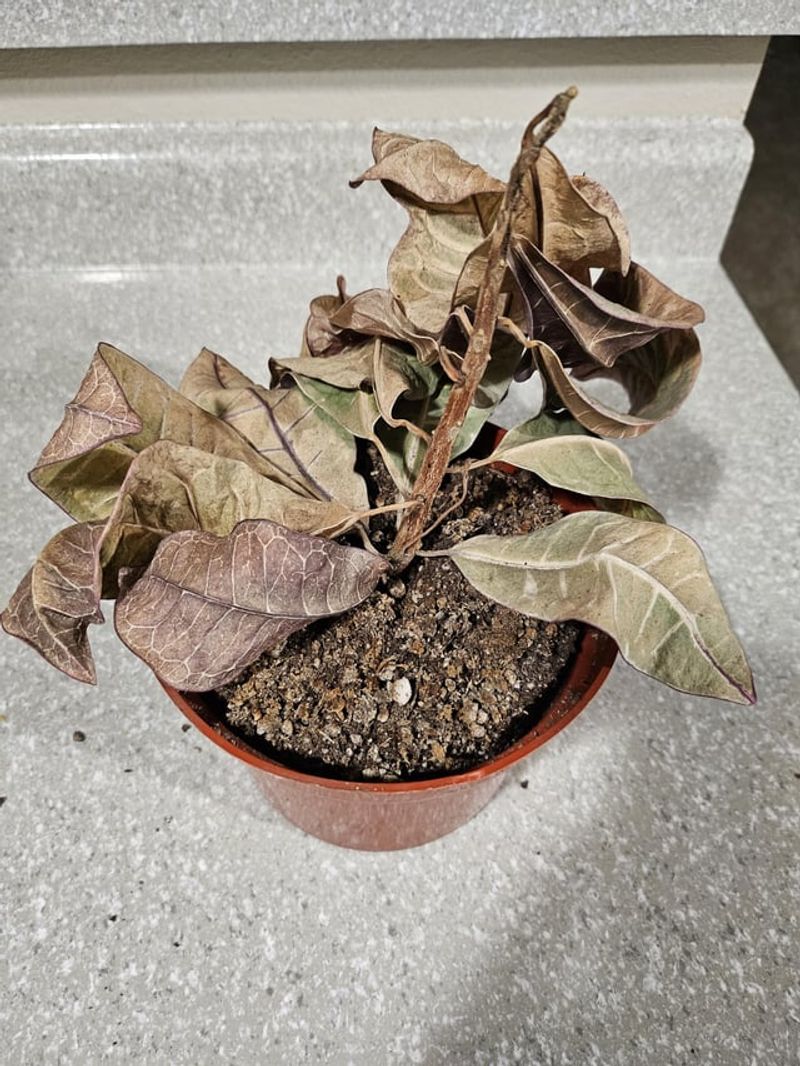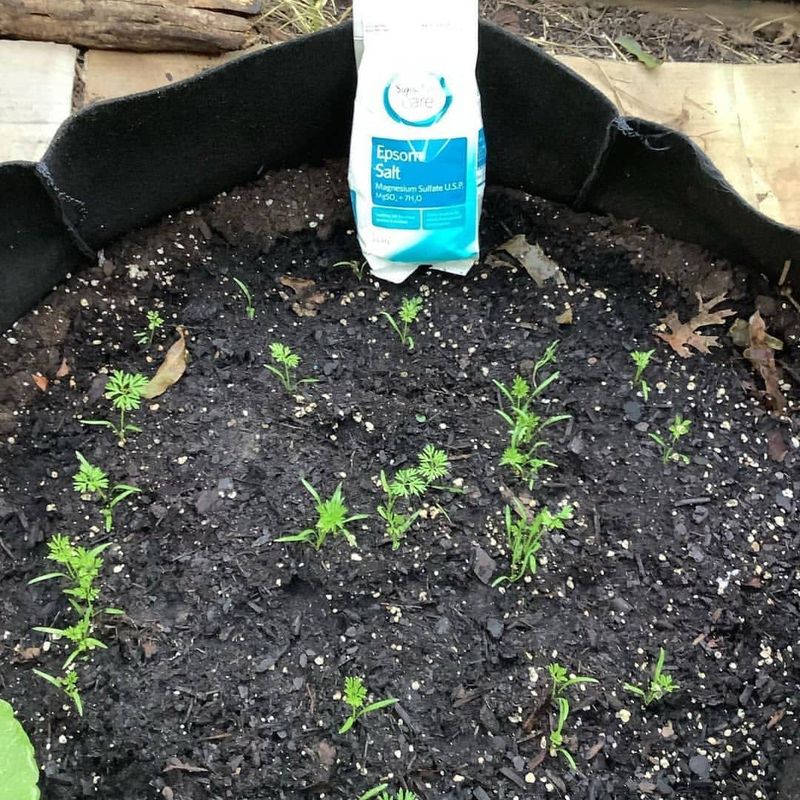Utah gardeners have discovered some fascinating uses for Epsom salt that go way beyond the bathroom. This simple mineral compound, made of magnesium and sulfate, has become a secret weapon in gardens across the Beehive State, especially where our unique desert soil lacks certain nutrients.
From fixing yellowing leaves to boosting tomato production, Utah’s community of green thumbs has developed creative approaches to using this inexpensive household product. I was skeptical at first, but after seeing what my neighbor’s garden looked like compared to mine, I had to try some of these unusual techniques myself.
1. Sunburn Protection For Sensitive Plants
Utah’s intense summer sun can scorch even the toughest plants. Many gardeners create a light foliar spray with dissolved Epsom salt to strengthen cell walls and increase chlorophyll production.
I watched my neighbor’s peppers thrive while mine wilted in the July heat. The difference? She sprays them weekly with her Epsom solution, claiming it works like plant sunscreen.
Mix one tablespoon per gallon of water and apply early morning before temperatures rise. The magnesium helps plants handle stress better, perfect for our high-altitude gardens.
2. Critter-Repelling Barrier
Sprinkle a line of Epsom salt around garden beds to create a natural boundary against slugs and snails. The salt irritates their soft bodies, making them reluctant to cross the barrier.
Utah gardeners swear this works better than commercial repellents, especially in spring when these pests emerge in full force. The trick is reapplying after rain or irrigation.
My community garden plot stayed slug-free all season using this method, while others battled constant invasions. It’s gentler on the soil than table salt and adds beneficial magnesium as it breaks down.
3. Desert Soil Transformation
Utah’s alkaline, clay-heavy soil presents unique challenges for growing acid-loving plants. Local gardeners mix Epsom salt directly into planting holes to gradually break up compacted soil and add crucial magnesium.
The transformation can be remarkable. One cup per 100 square feet worked into the soil before planting helps roses and tomatoes establish stronger root systems in our challenging ground.
The salt crystals create tiny pockets as they dissolve, improving drainage in our notorious clay. Unlike harsh chemicals, this gentle approach works with nature, not against it.
4. Seed Starting Booster
During Utah’s short growing season, getting seeds started quickly matters. Adding a pinch of Epsom salt to seed-starting mix speeds germination and produces stronger seedlings with deeper green color.
Local master gardeners taught me this trick at a community workshop. The magnesium helps seeds absorb nutrients more efficiently, giving them an early advantage.
For best results, dissolve one teaspoon in a quart of water and use this to moisten soil before planting seeds. You’ll notice the difference within days – seedlings emerge more uniformly and look healthier from the start.
5. Sweeter Fruit Development
Utah’s fruit growers have discovered that Epsom salt increases sugar production in melons, strawberries, and tree fruits. The magnesium helps plants process sunlight more efficiently, resulting in sweeter, more flavorful harvests.
Apply one tablespoon per foot of plant height around the drip line monthly during the growing season. Water thoroughly afterward to help it reach the roots.
My neighbor’s peach tree produced noticeably sweeter fruit after a season of Epsom treatments. With Utah’s reputation for excellent fruit, this simple trick has spread quickly through local gardening circles.
6. Lawn Greening Without Chemicals
Forget toxic lawn treatments. Utah homeowners are switching to Epsom salt for greener grass without harmful runoff. The magnesium sulfate corrects yellowish patches caused by our mineral-deficient soils.
Broadcast 3 pounds per 1,250 square feet with a spreader, then water thoroughly. You’ll notice the difference within two weeks – a deeper green without the rapid growth spurts chemical fertilizers cause.
Since our mountain watersheds are precious, this eco-friendly approach has gained popularity among environmentally conscious gardeners. It’s especially effective in spring when lawns need help recovering from winter stress.
7. Miracle Cure For Yellowing Evergreens
Utah’s beloved evergreens often yellow from magnesium deficiency in our alkaline soil. Local arborists recommend Epsom salt as a fast-acting solution that restores that deep green color.
Mix 2 tablespoons per gallon of water and drench the soil around struggling pines, spruces, and firs. The transformation can happen within weeks – yellow needles regain their rich color.
During drought years, this treatment helps trees withstand stress better. I rescued my struggling blue spruce this way after conventional fertilizers failed. Now it’s a neighborhood standout.
8. Transplant Shock Prevention
Moving plants in Utah’s harsh climate can send them into shock. Smart gardeners add a tablespoon of Epsom salt to the planting hole to reduce stress and stimulate new root growth.
The magnesium helps plants recover from root damage faster. You’ll see less wilting and leaf drop compared to untreated transplants. For larger shrubs, increase the amount proportionally.
When I relocated my vegetable garden last spring, this trick saved my tomato seedlings. While my previous transplants had taken weeks to recover, these bounced back in just days, hardly missing a beat.
9. DIY Foliar Feed For Rapid Recovery
Utah gardeners make a quick emergency treatment for struggling plants using Epsom salt. When leaves yellow between the veins, it’s often a magnesium deficiency that needs immediate attention.
Dissolve 2 tablespoons in a gallon of water and spray directly on leaves during the cooler evening hours. Plants absorb nutrients through their foliage faster than through roots.
After a brutal hailstorm damaged my garden last summer, this spray helped plants recover remarkably fast. Within days, new growth appeared, greener and stronger than before the storm hit.
10. Rose Bloom Enhancer
Utah rose enthusiasts have a secret weapon for spectacular blooms: Epsom salt. Our alkaline soil often lacks the magnesium roses need for producing vibrant flowers and healthy foliage.
Apply half a cup around mature plants just as leaf buds break in spring. Scratch it lightly into the soil and water well. Repeat monthly through the growing season.
The Salt Lake Rose Society members regularly win competitions using this technique. I started using it three years ago, and my roses now produce nearly twice as many blooms with more intense colors and stronger stems.
11. Weed Prevention In Pavers
Sprinkling Epsom salt between patio pavers and garden walkways helps control weeds without harmful chemicals. Many Utah gardeners prefer this method because it breaks down naturally without contaminating our precious water supply.
The salt draws moisture from young weed seedlings before they can establish. For stubborn established weeds, a stronger solution (1 cup per gallon) works as a natural herbicide.
After trying every commercial weed killer available, I switched to this method last year. My brick pathways stayed nearly weed-free all season, and I didn’t worry about my kids or pets walking on treated areas.
12. Tomato Blossom-End Rot Solution
Utah’s tomato growers battle blossom-end rot due to our calcium-poor soil. Surprisingly, Epsom salt helps plants absorb available calcium better, reducing those frustrating black spots on otherwise perfect tomatoes.
Work a tablespoon into the soil when planting, then spray plants with an Epsom solution (2 tablespoons per gallon) when they start flowering. The magnesium strengthens cell walls and improves nutrient uptake.
My community garden neighbor taught me this trick after I lost half my crop last year. This season, I’ve had almost no affected fruits, while nearby untreated plants still show significant damage.
13. Houseplant Revival Station
Utah’s dry indoor air is tough on houseplants. Local plant enthusiasts create an Epsom salt revival treatment for struggling indoor greenery, especially during winter when humidity drops drastically.
The technique involves soaking roots in a weak Epsom solution (1 teaspoon per gallon) for an hour, then repotting in fresh soil amended with a pinch of the salts. The magnesium shock stimulates new growth.
My grandmother’s 40-year-old Christmas cactus stopped blooming until I tried this method. That winter it produced more flowers than anyone could remember seeing before – the transformation was remarkable.
14. Compost Pile Activator
Utah’s dry climate can slow down compost decomposition. Adding Epsom salt to compost piles speeds up the process by providing essential magnesium that beneficial bacteria and fungi need to break down organic matter.
Sprinkle a handful per cubic foot of compost material, then turn the pile. You’ll notice faster heating and quicker breakdown of tough items like corn stalks and tree branches.
My compost used to take a full year to finish in our arid conditions. After incorporating this trick, I now produce finished compost in just 3-4 months, even during cooler seasons.
15. Natural Hot Tub For Stressed Plants
This might be the strangest technique Utah gardeners use: creating plant “hot tubs” with Epsom salt. For severely stressed or transplanted specimens, they prepare a bucket with warm water and dissolved Epsom salt.
The plant’s root ball soaks for 30 minutes before planting. The warm magnesium bath stimulates root activity and reduces transplant shock dramatically, especially helpful in our short growing season.
After a late spring frost damaged my pepper seedlings, this unusual soak brought them back from the brink. While my gardening friends lost their plants, mine recovered and produced a surprisingly good harvest despite their rough start.

